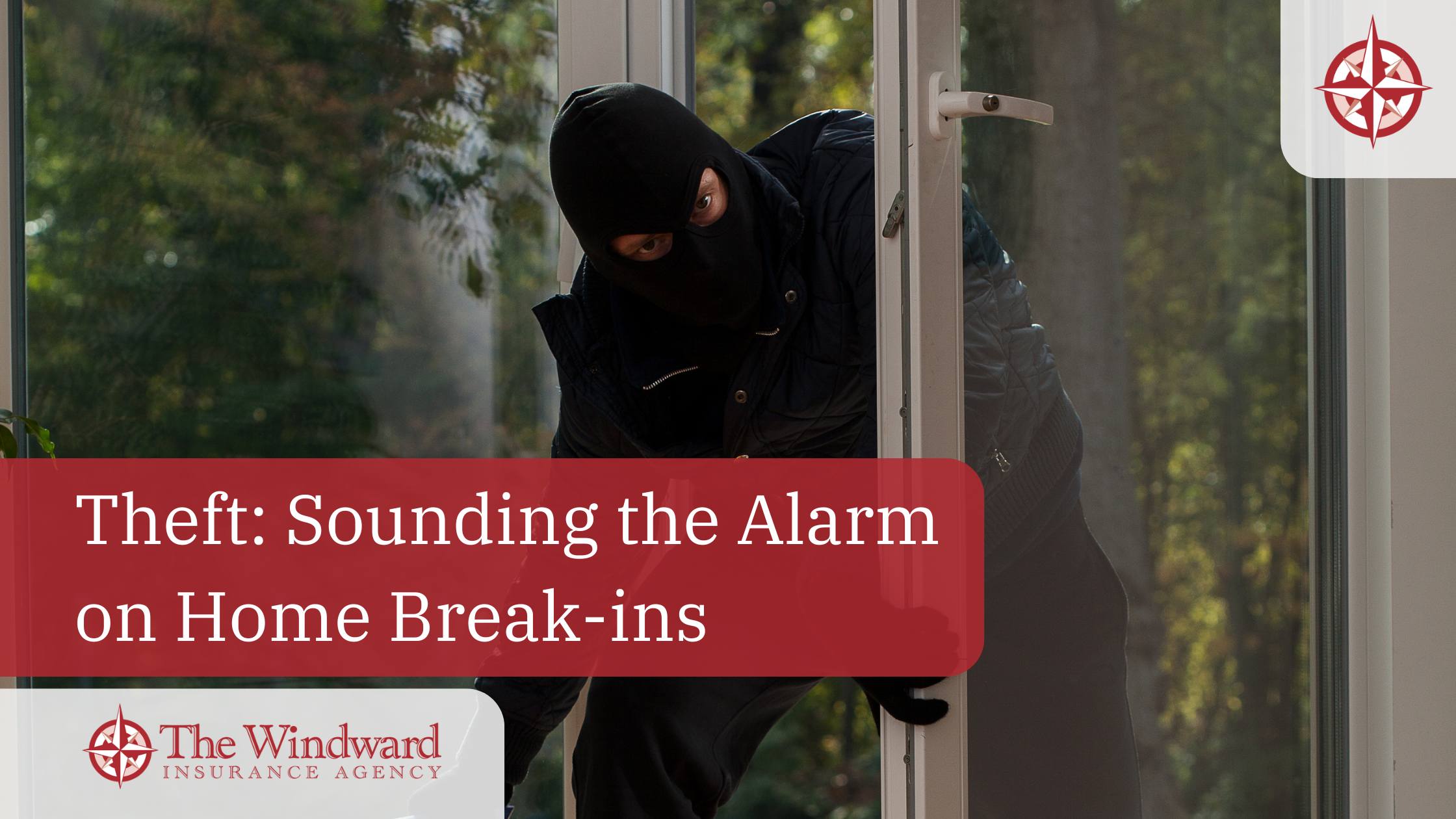When a hurricane barrels through Florida or a fire breaks out in your condo building, fixing the damage is just one part of the equation. What about the weeks – or months – you may not be able to live in your home? This is where a little-known part of your home insurance policy steps up: loss-of-use coverage.
So, what is loss of use coverage in homeowners insurance, and why should every policyholder know about it? Let’s break it down.
Coverage You Don’t Think About – Until You Need It
After a strong storm, a homeowner might find their roof torn open and the interior soaked. The insurance adjuster confirms the damage is covered – but the home isn’t livable during repairs. This is where loss-of-use coverage kicks in.
Also known as “additional living expenses,” this part of your policy helps cover the increased costs of temporary housing, meals, and other essentials when a covered loss forces you out of your home.
What Does Loss-of-Use Coverage Actually Cover?
Let’s be clear: Loss-of-use coverage is not a blank check. It’s designed to cover additional living expenses – meaning the difference between what you normally spend and what you’re now forced to spend because your home is temporarily unusable due to a covered loss.
Here’s what loss-of-use coverage may pay for:
- A hotel or temporary rental if you can’t stay home
- Restaurant or takeout meals (beyond what you’d normally spend on groceries)
- Laundry services, pet boarding, or increased commute costs
- Utility setup fees or storage costs
Loss-of-use coverage will not pay for things like:
- Mortgage payments (those are still your responsibility)
- Luxurious upgrades (the beachside resort you’ve always wanted to stay at? Not happening)
- Damage from uncovered perils, like flood if you don’t carry flood insurance
This distinction – only additional expenses – is key to understanding what is loss of use coverage in homeowners insurance and how it actually works.
Different Insurance Policies with Loss-of-Use Coverage
Loss-of-use coverage appears in several types of property insurance. To understand what is loss of use coverage in homeowners insurance, it helps to see how it functions in different types of policies.
1. Homeowners Policies (HO-3)
If your home is uninhabitable after a covered loss (such as damage due to wind, fire, or lightning), this coverage can help pay for temporary housing and increased expenses while repairs are underway.
A family in Port St. Lucie had to move out for two months after hurricane-driven rain ruined their drywall and floors. Their loss-of-use coverage paid for a rental and extra commuting costs while their home was repaired.
2. Condo Unit Owners (HO-6)
Loss-of-use coverage helps pay for temporary housing if the damage to your unit – or even to common areas like the roof or lobby – renders your unit unsafe to live in.
A Fort Lauderdale condo owner couldn’t access her building for 3 weeks after a kitchen fire in another unit shut down the electrical system. Her condo policy’s loss-of-use coverage kicked in to pay for a nearby rental and meals.
3. Renters Insurance (HO-4)
Renters policies also include loss-of-use coverage, which is another way to understand what is loss of use coverage in homeowners insurance and how it helps across different living arrangements. If the home you rent becomes unlivable due to a covered disaster, this pays for increased costs while you're temporarily displaced.
Renters in Tampa were displaced when a fire in the adjacent unit filled their apartment with smoke. Their renters insurance policy covered hotel costs and dining out for 2 weeks until the property manager made repairs.
4. Landlord Policies (DP-3)
If you have a DP-3 policy, loss-of-use coverage may appear as “fair rental value” or “loss of rent.” This reimburses you for rental income lost due to a covered loss – but only if the property was tenant-occupied at the time.
A Jacksonville homeowner renting out a duplex lost one tenant after a plumbing leak made the unit uninhabitable. Their DP-3 policy paid the fair rental value for the two months it took to complete repairs.
Bonus: A DP-3 can also be written for owner-occupied homes. In those cases, loss-of-use coverage works just like in a typical homeowners policy.
What Is Loss-of-Use Coverage in Homeowners Insurance NOT Responsible for?
Let’s clear up a few common misunderstandings about loss-of-use coverage:
- It doesn’t pay your mortgage and rent at the same time. Why? Because it only covers extra living expenses, not your regular financial obligations.
- It doesn’t apply if the event isn’t covered by your policy (like flooding without a separate flood insurance policy).
- It won’t pay for long-term lifestyle upgrades. Think functional, not fancy.
Where to Find Loss-of-Use in Your Policy (and What It Pays)
In most Florida homeowners policies, loss-of-use coverage is listed under Coverage D. Here's what to look for:
- HO-3 and DP-3 (homeowner & landlord) policies: Coverage D is typically 10% of Coverage A (your dwelling limit).
- HO-4 (renters) policies: Coverage D is usually 10% of Coverage C (your personal property limit).
- HO-6 (condo) policies: Coverage D is often 20% of Coverage C.
Also, be sure to check whether your policy says "actual loss sustained" (up to a time limit like 12 months) or provides a capped dollar amount. Either way, it’s smart to know your limit before disaster strikes. Your agent can help you identify this – ask us about it.
Understanding these details helps answer the question: What is loss of use coverage in homeowners insurance, and how can you make sure it’s enough?
Why Loss-of-Use Coverage Matters in Florida
Florida homeowners face some of the most severe weather in the country, and recovery often takes time. Even a small house fire, busted pipe, or lightning strike can force you out of your home for weeks while repairs are coordinated. And with contractors in high demand post-storm, repairs aren’t always quick. Loss-of-use coverage can be a financial lifesaver while you wait.
Understand Loss-of-Use Insurance Coverage – Before You Need It
Loss-of-use coverage isn’t flashy. It’s not something most people even think about – until they’re forced to leave their home behind for weeks. But when you’re suddenly living out of a suitcase with kids, pets, or both, it quickly becomes the most important coverage you didn’t realize you needed.
So, the next time you review your policy, ask yourself: What is loss of use coverage in homeowners insurance, and how does it apply to my living situation?
If you’re unsure, call us at (866) 231-2433. A quick conversation with the insurance pros at The Windward Insurance Agency could save you a lot of stress (and expense) tomorrow. Not yet insured but you’d like to be? Get a quote online now.





